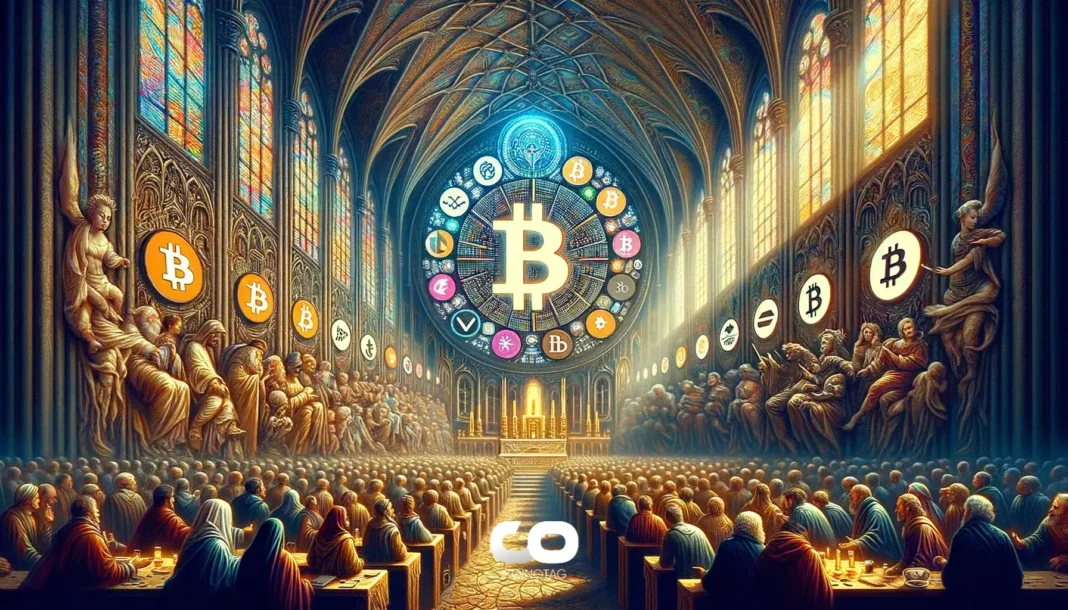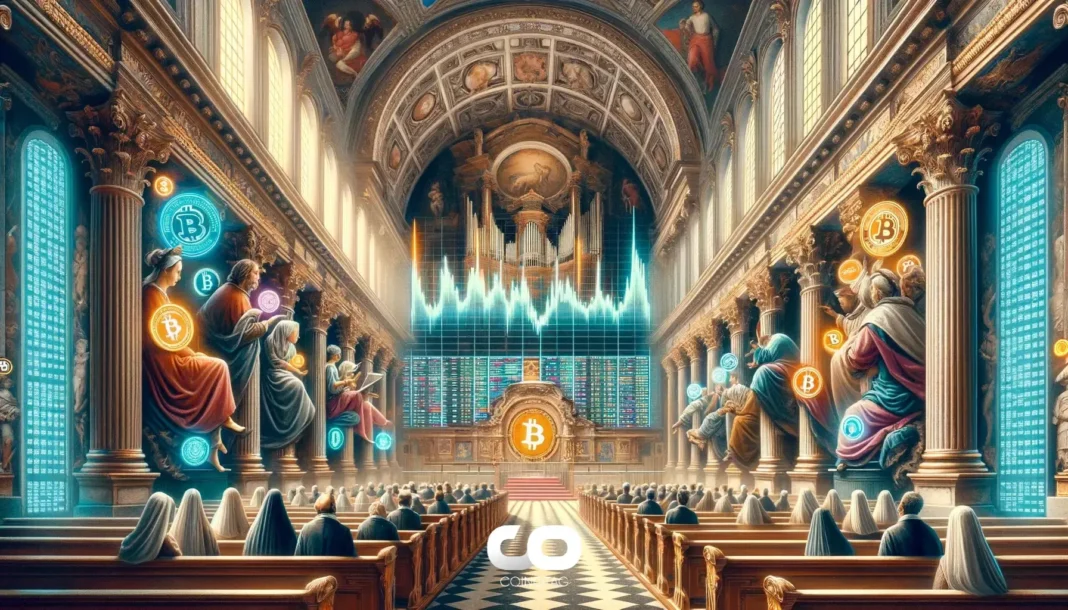-
A recent lawsuit alleges that the U.S. government secretly met with Bitcoin’s elusive creator, Satoshi Nakamoto, in 2019, potentially unraveling one of crypto’s greatest mysteries.
-
The case demands the release of federal documents, suggesting that Satoshi may not be a single individual but a group, challenging long-held beliefs about Bitcoin’s origins.
-
According to legal expert James A. Murphy (@MetaLawMan), this revelation could reshape the crypto landscape, especially given the immense financial influence tied to Satoshi’s Bitcoin holdings.
New lawsuit claims U.S. government met Bitcoin creator in 2019, seeking documents that could reveal Satoshi’s identity and impact Bitcoin’s $115B market.
Unveiling the 2019 Meeting: U.S. Government’s Alleged Contact with Bitcoin Creator
In a groundbreaking legal move, attorney James A. Murphy has filed a lawsuit against the Department of Homeland Security (DHS) and Immigration and Customs Enforcement (ICE), demanding disclosure of records related to a secret 2019 meeting with Bitcoin’s creator. This lawsuit, rooted in a Freedom of Information Act (FOIA) request, challenges the narrative that Satoshi Nakamoto’s identity remains unknown to governments. Murphy’s pursuit of transcripts, emails, and audio recordings aims to confirm claims made by former DHS agent Rana Saoud, who suggested that the U.S. government engaged directly with the individuals behind Bitcoin. If substantiated, this could mark a pivotal moment in cryptocurrency history, revealing that Satoshi is not a lone genius but a collective entity.
Legal Implications and the Quest for Transparency
The lawsuit underscores a critical demand for transparency from federal agencies, emphasizing the public’s right to understand the origins of a technology that now underpins a multi-trillion-dollar ecosystem. Murphy’s legal strategy highlights the importance of accountability, especially as Bitcoin transitions from a niche innovation to a mainstream financial asset. By compelling the government to disclose its knowledge, the case could set a precedent for future inquiries into digital currency governance and the role of state actors in crypto development.
The Financial Stakes: How Revealing Satoshi Could Impact Bitcoin’s Market
The potential unmasking of Satoshi Nakamoto carries enormous financial implications. It is widely believed that Satoshi controls approximately 1.1 million Bitcoins, currently valued at over $115 billion. This vast fortune represents not only significant wealth but also substantial market influence. Should these Bitcoins be moved or liquidated following any confirmation of identity, the ripple effects could destabilize markets, affect investor confidence, and trigger regulatory scrutiny worldwide. The lawsuit thus touches on more than historical curiosity—it strikes at the heart of Bitcoin’s economic future and the stability of the broader crypto market.
Market Reactions and Institutional Interest
Recent developments, such as the U.S. government’s announcement to establish a Strategic Bitcoin Reserve and states considering Bitcoin for treasury diversification, underscore the growing institutional embrace of cryptocurrency. This evolving landscape amplifies the importance of clarity regarding Bitcoin’s origins and ownership. Investors and regulators alike are watching closely, as any revelation about Satoshi could influence policy decisions, investment strategies, and the trajectory of digital asset adoption.
Challenging the Myths: The Ongoing Search for Satoshi Nakamoto
Over the years, numerous individuals have claimed or been speculated to be Satoshi Nakamoto, including Craig Wright, Peter Todd, and others. However, none have provided conclusive evidence, and some claims have been legally discredited. This lawsuit differs by leveraging legal mechanisms to compel government transparency rather than relying on speculation or personal assertions. It represents a methodical approach to uncovering the truth, potentially closing one of the most enduring chapters in cryptocurrency history.
The Role of Government in Bitcoin’s Origin Story
The possibility that U.S. federal agencies engaged with Bitcoin’s creators introduces a new dimension to the narrative of Bitcoin’s inception. It raises questions about the extent of governmental involvement or awareness during Bitcoin’s formative years and challenges the perception of Bitcoin as a purely decentralized, grassroots innovation. This revelation could influence public perception, regulatory approaches, and the historical record of blockchain technology’s development.
Conclusion
This lawsuit marks a significant step toward resolving the mystery surrounding Bitcoin’s creator, with potential consequences extending beyond mere curiosity. By seeking government-held evidence of a 2019 meeting with Satoshi Nakamoto, the case confronts issues of transparency, market stability, and the historical narrative of cryptocurrency. As Bitcoin continues to integrate into mainstream finance, understanding its origins becomes increasingly vital. The outcome of this legal battle could redefine how the world perceives Bitcoin, its creator(s), and the future of decentralized finance.





